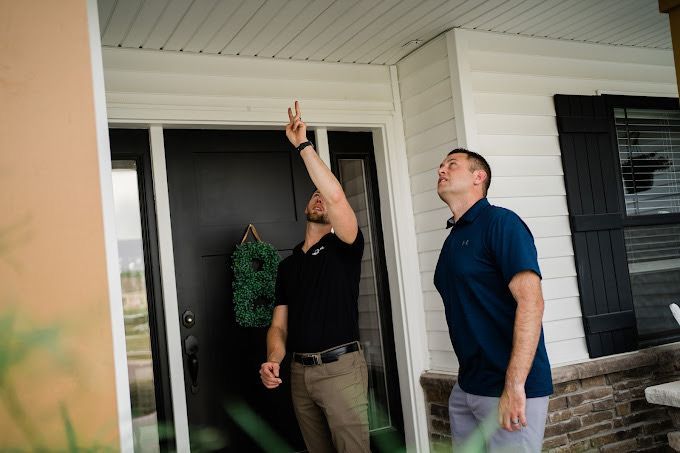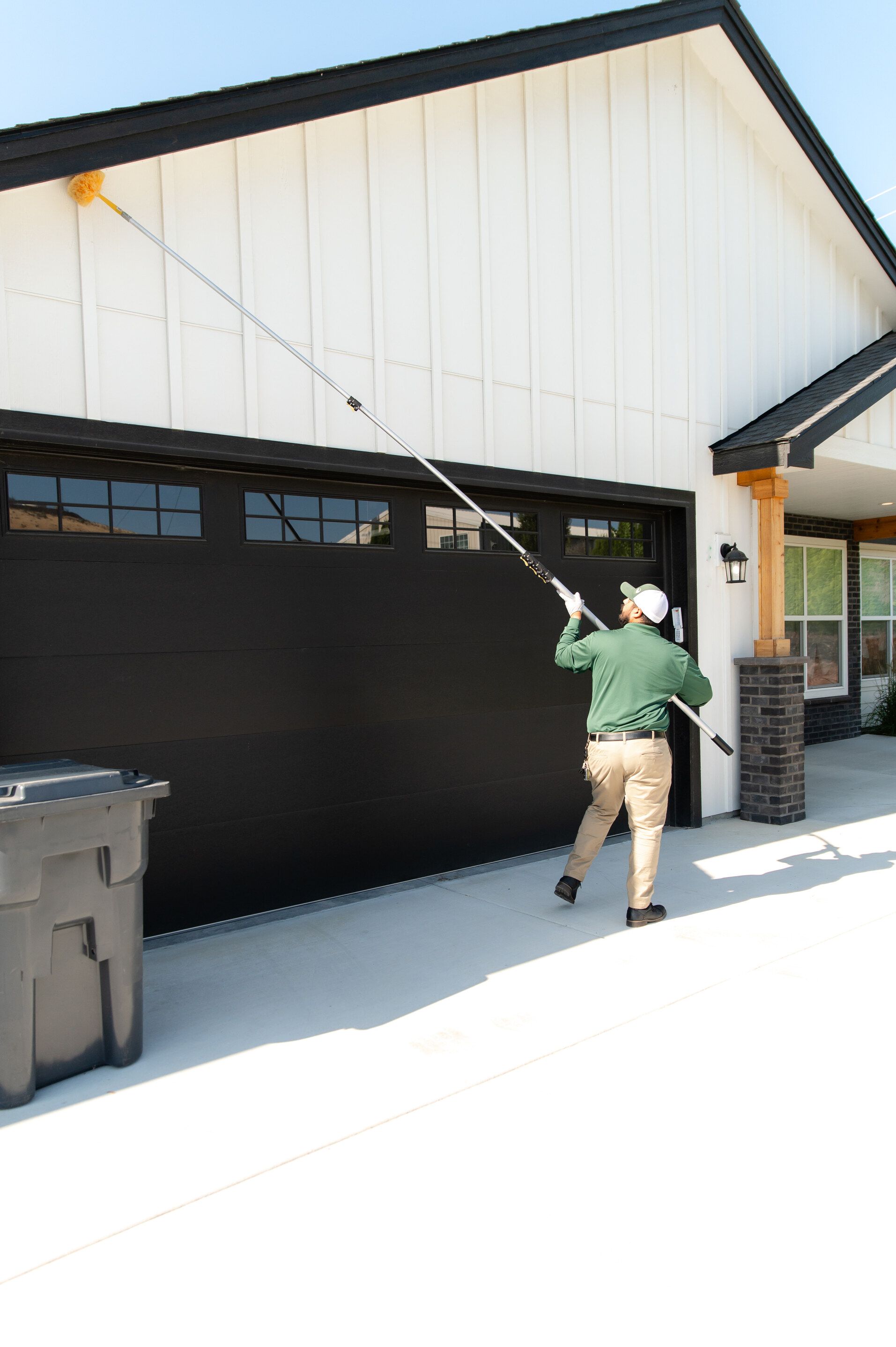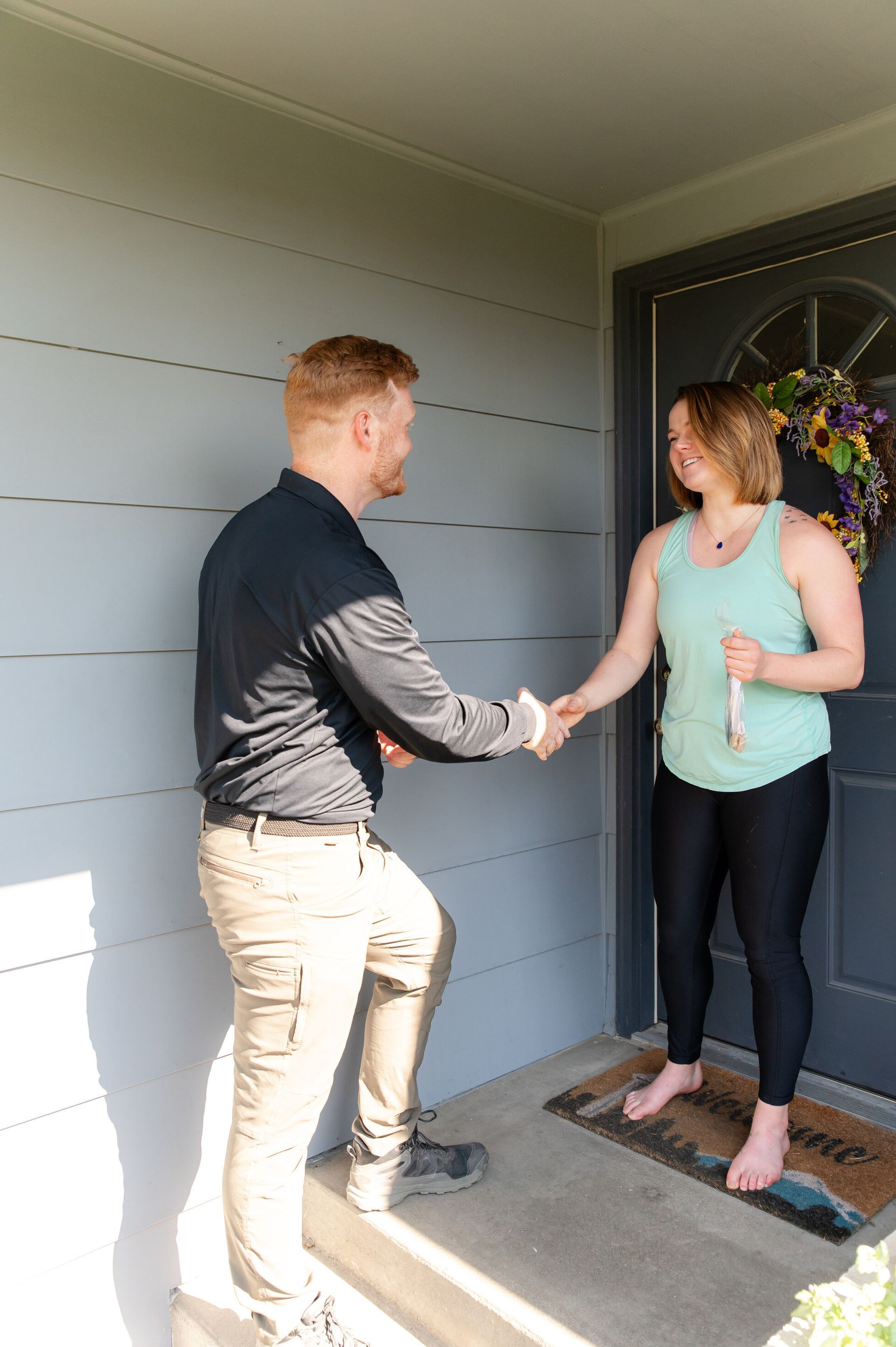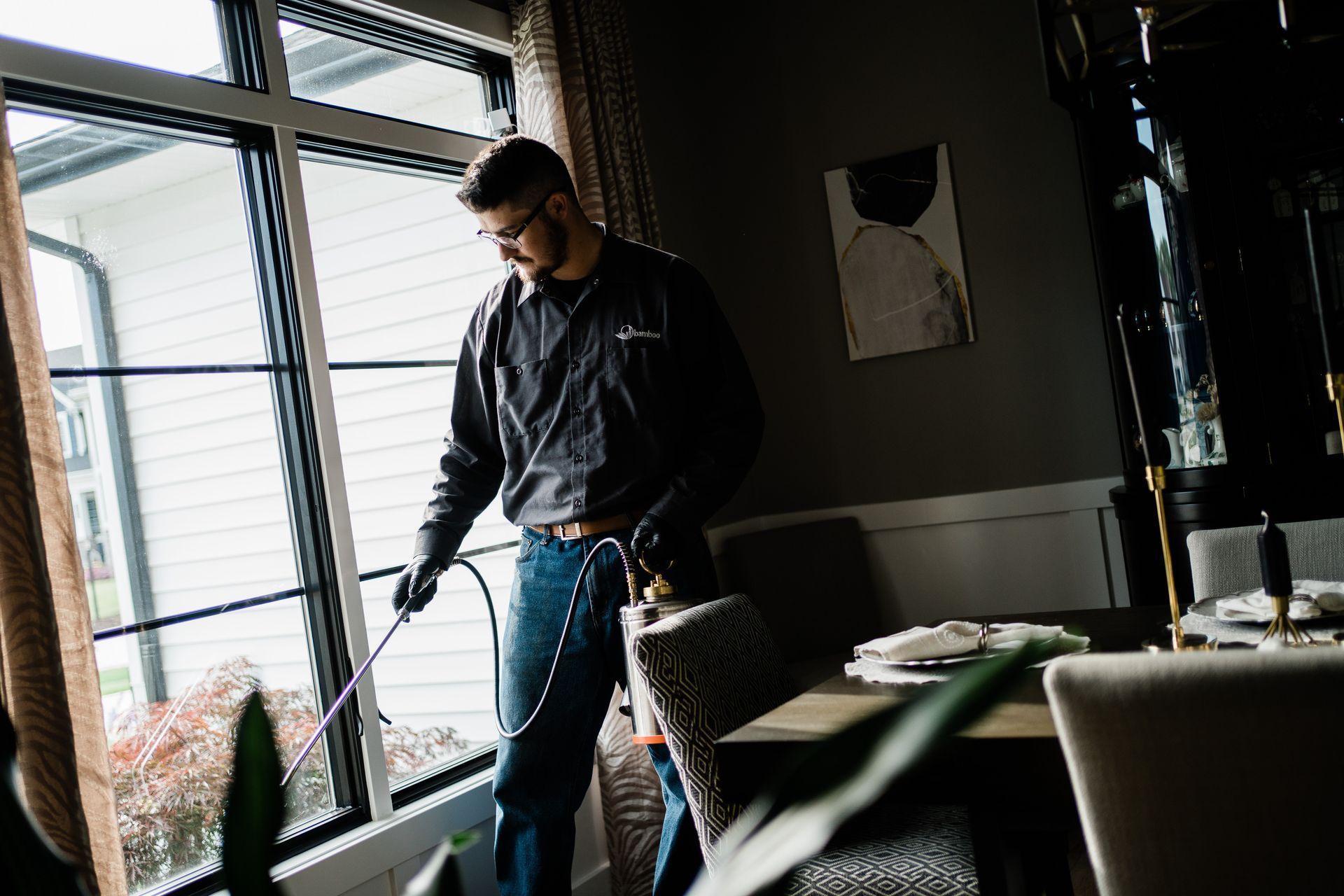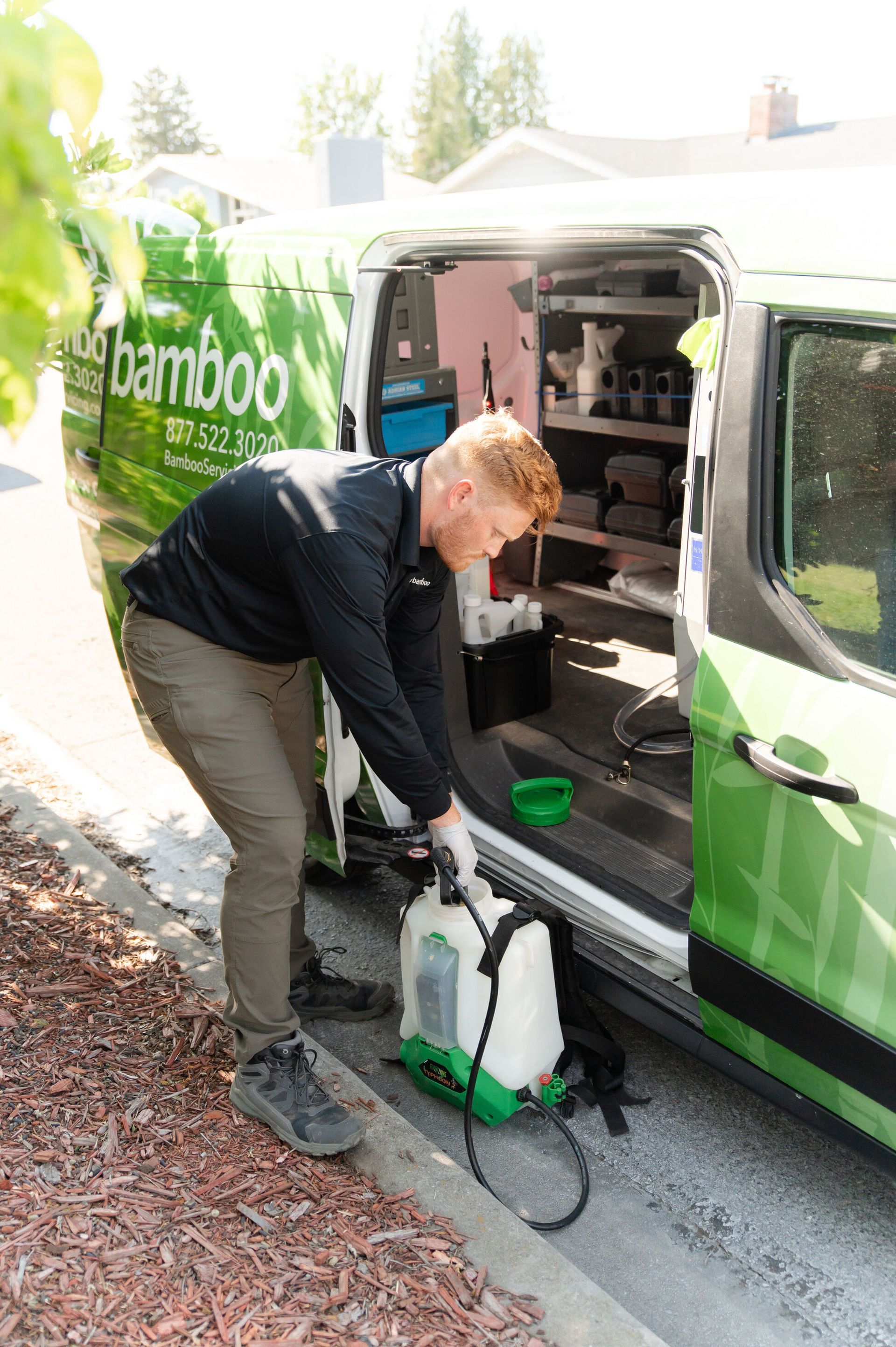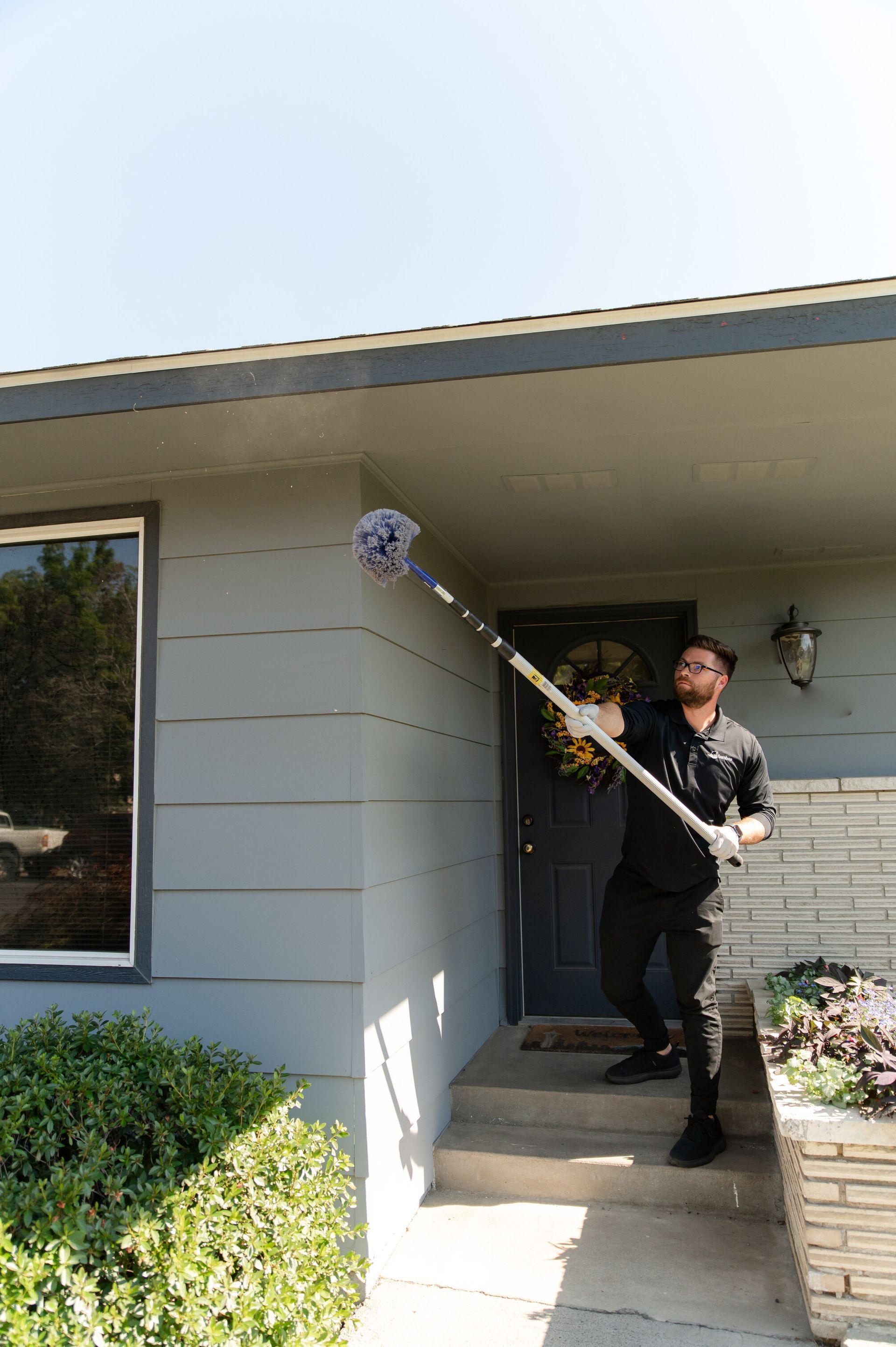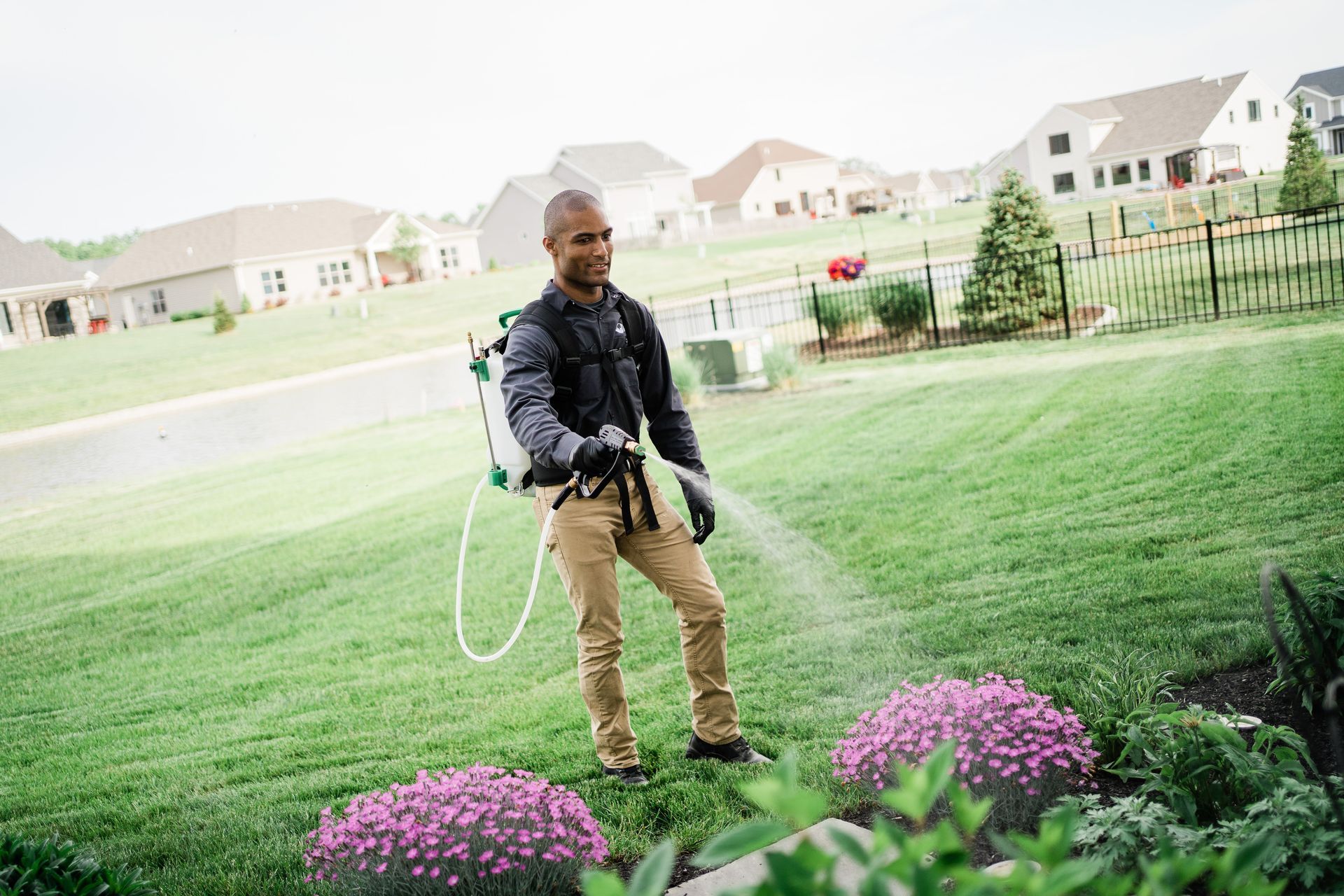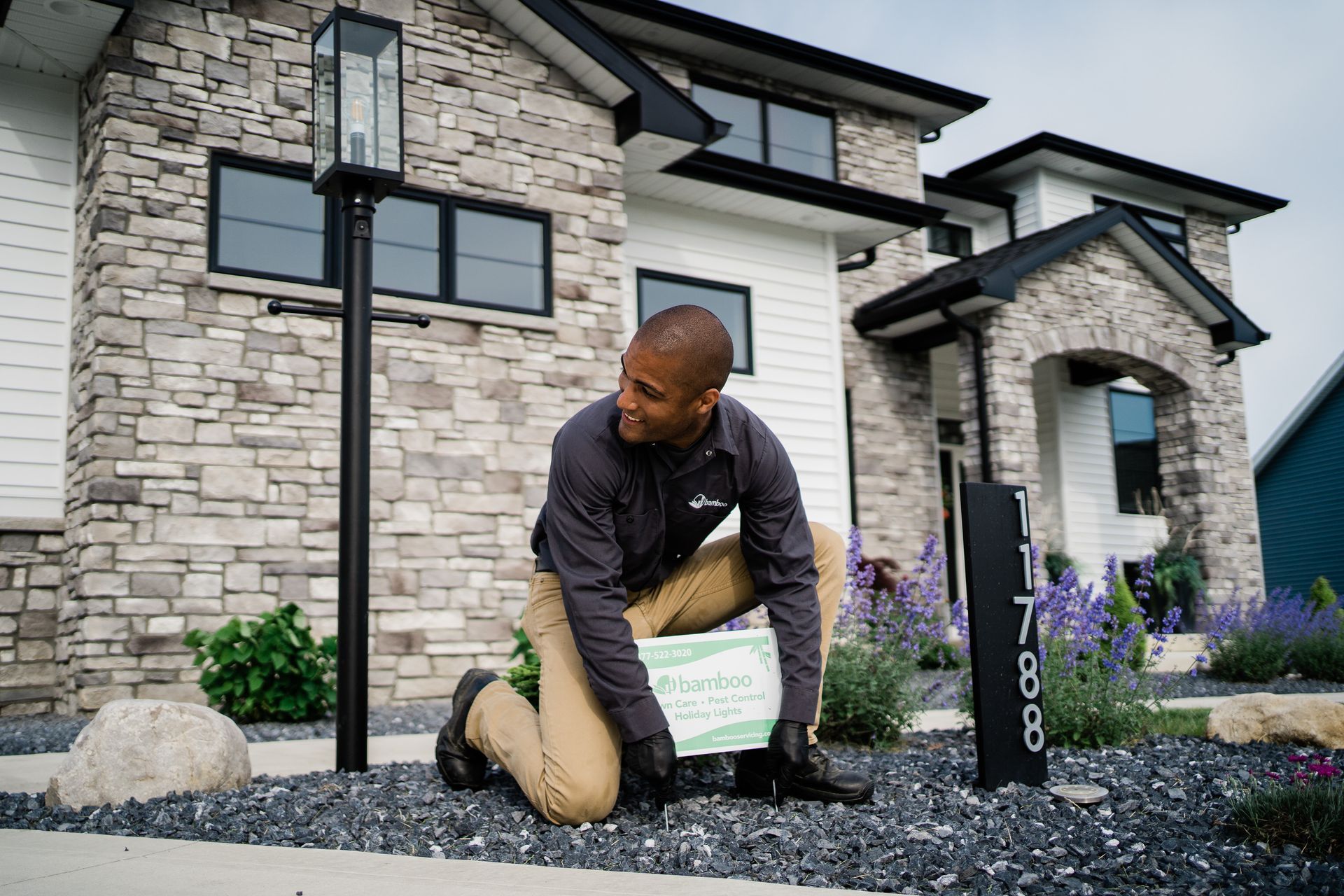Should You Clean Before or After Pest Control?
When should you clean when applying pest control treatment?
When preparing for
pest control treatment, one common question homeowners often ask is whether they should clean before or after the service. Cleaning plays a key role in ensuring the effectiveness of pest treatments, but there’s a bit of strategy involved. Let’s explore how you can approach cleaning before and after a pest control treatment to get the best results, keep your home clean, and help maintain a pest-free environment for the long haul.
Why Cleaning is Important?
Cleaning both before and after pest control is essential for a few reasons. First, a tidy home makes it easier for pest control professionals to access the areas where pests are likely to hide. Second, cleaning after the treatment helps remove any chemicals that may linger, keeping your home safe for you, your family, and your pets. However, timing is everything—you don’t want to clean too soon and risk undoing the treatment’s effectiveness.
Let’s break it down.
Cleaning Before Pest Control Treatment
Decluttering and Preparing Your Space
Before your pest control technician arrives, one of the most important things you can do is declutter your home. Pests love to hide in places that are hard to reach, like behind furniture, in closets, or under piles of laundry. By removing obstacles and clutter, you give the pest control professional better access to these hidden areas, making the treatment more thorough and effective.
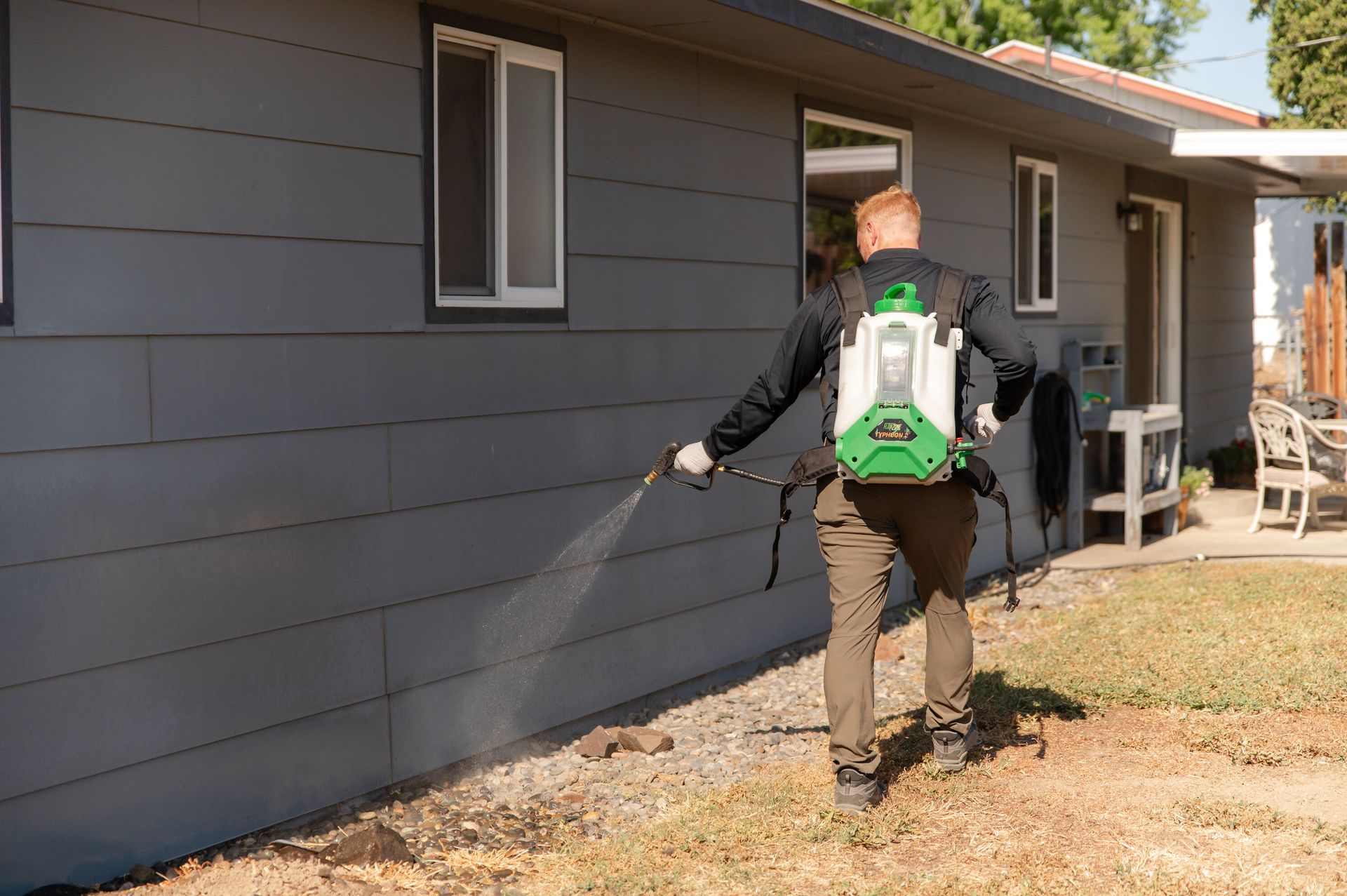
For example, if you’re having your kitchen treated for ants or cockroaches, move items off the countertops and empty any cluttered cabinets. In living rooms and bedrooms, consider moving furniture a few inches away from the walls to allow better access to baseboards and wall edges, which are often prime hiding spots for pests.
Vacuuming and Dusting
Vacuuming before the exterminator arrives is another helpful step. This not only removes dust and crumbs that can attract pests but can also eliminate some of the pests themselves, including eggs or larvae. Focus on areas where pests are most likely to hide, such as under furniture, along baseboards, and in the corners of rooms. A clean home helps make the treatment more effective because there’s less debris in the way.
Seal Off Entry Points
Another key step before your pest control appointment is to seal off any cracks or entry points that could allow pests into your home. Look around doors, windows, and the foundation for any gaps or cracks, and seal them off using caulk or another appropriate sealant. This prevents pests from entering the home after treatment, which is especially important for long-term control. By taking this step, you can maximize the success of the treatment and reduce the chances of future infestations.
Cleaning After Pest Control Treatment
When to Clean After Treatment
Once your home has been treated, the timing of your post-treatment cleaning is crucial. Pest control treatments usually involve the application of pesticides that need time to dry and remain on surfaces to continue working. If you clean too soon, you risk removing these chemicals before they’ve had a chance to fully work.
Most pest control professionals recommend waiting at least 24-48 hours before doing any major cleaning. This gives the treatment enough time to take effect. During this period, it’s best to avoid mopping floors or wiping down areas where the chemicals were applied, especially along wall edges and baseboards. These areas are often treated to create a barrier against pests, and cleaning too soon could remove this barrier.
Light Cleaning and Tidying
While deep cleaning right after treatment isn’t advised, light cleaning is generally okay. For instance, wiping down countertops and cleaning up spills is fine as long as you avoid the treated areas. Dusting, vacuuming, and sweeping can also be done in parts of the home that weren’t directly treated with pesticides.
Make sure to ask your pest control technician for specific guidelines on cleaning after your treatment. They can give you personalized advice based on the type of treatment they used.
Long-Term Maintenance
After the initial waiting period has passed, you can resume normal cleaning activities, but it’s important to continue taking steps to prevent pests from returning. Regularly cleaning your home, disposing of trash properly, and keeping food sealed and stored away will help discourage pests from coming back. Focus especially on keeping kitchens clean, as food crumbs are a major attractant for many types of pests.
Additionally, if your pest control treatment targeted specific areas like the attic, basement, or garage, make sure to keep those spaces as clean and clutter-free as possible. This will make it harder for pests to find hiding spots in the future.
Striking the Right Balance
So, should you clean before or after pest control? The answer is both, but with a few important considerations. Cleaning before the treatment helps make the process more effective by giving pest control professionals easier access to problem areas. Cleaning afterward ensures that any lingering pesticides are cleared away safely, but only after they’ve had time to work.
To maximize the effectiveness of your pest control treatment, follow these simple steps before and after the service:
- Before: Declutter, vacuum, dust, and seal off entry points.
- After: Wait at least 24-48 hours before deep cleaning, and avoid wiping down treated areas during that time. Light cleaning is fine, but be cautious around the edges and corners of rooms.
Want To Learn More? Contact Us
By following these guidelines, you can keep your home both clean and pest-free, ensuring that your pest control treatment is as effective as possible.
Feel free to contact our team to discover more about our safe and environmentally friendly pest control services.
Our Additional Posts On Pest Control
For service call: 509-269-2372
Copyright © 2024 - Richland Pest Control via Bamboo All Rights Reserved

